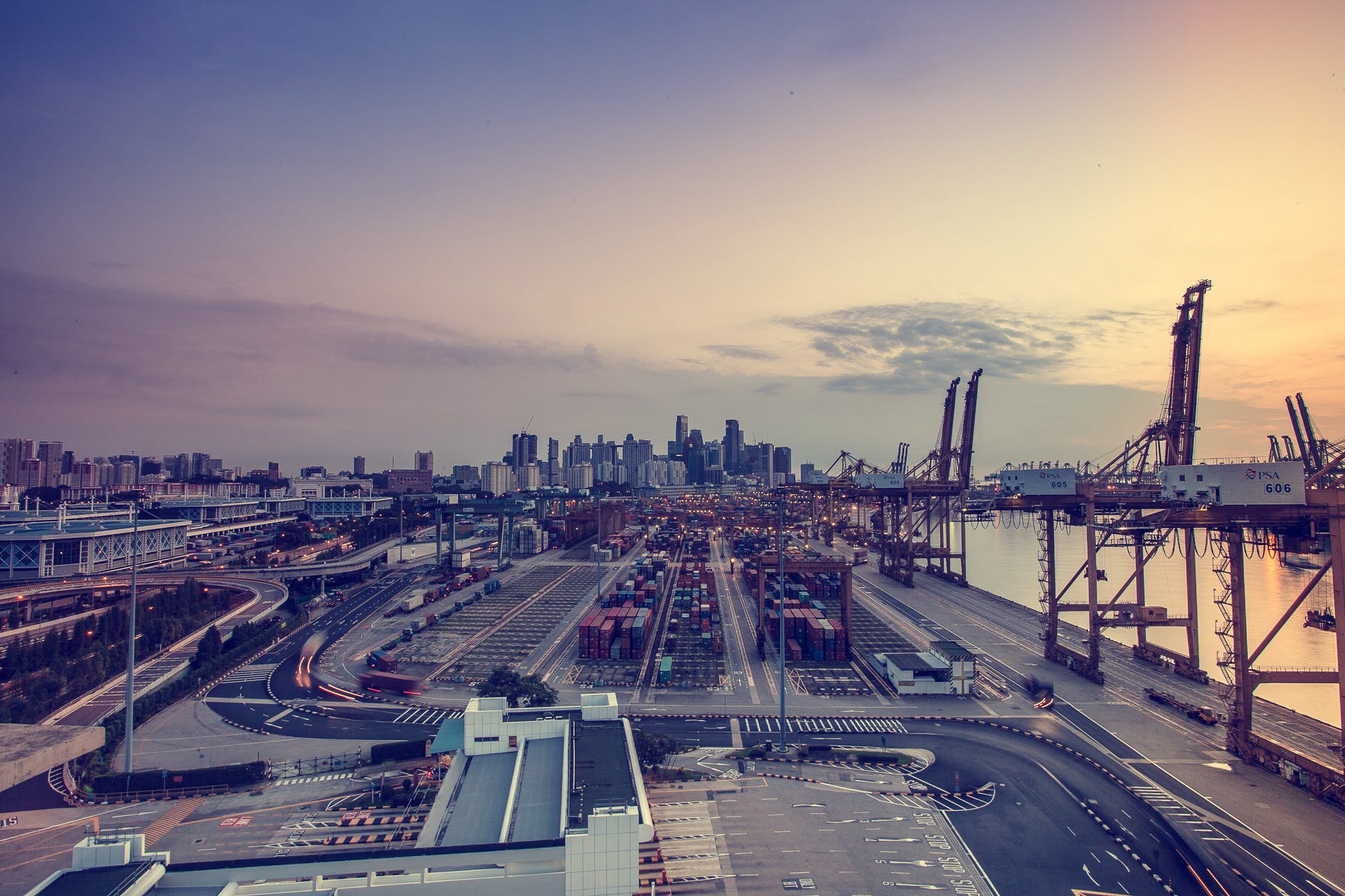Trump Imposes New Tariffs, Global Trade Tensions Escalate

U.S. President Donald Trump has introduced sweeping new tariffs, including a 34% levy on Chinese imports, in a move that has triggered immediate backlash from global trade partners and sent financial markets into turmoil. The tariffs also extend to emerging manufacturers like Vietnam and Cambodia, while European Union goods are now subject to a 20% tariff. A general 10% tariff has been applied across most other imported products.
The European Union and China have both pledged to retaliate. EU Commission President Ursula von der Leyen called the tariffs a “major blow” to the global economy and warned of escalating protectionism. “The global economy will massively suffer, uncertainty will spiral and trigger the rise of further protectionism,” she said, noting that the EU is preparing countermeasures should diplomatic efforts fail.
China’s Ministry of Commerce urged the U.S. to reverse its decision, stating the measures “endanger global economic development” and would harm American interests along with disrupting international supply chains. “There is no winner in a trade war, and there is no way out for protectionism,” the ministry said, calling instead for renewed dialogue.
Neil Shearing, chief economist at Capital Economics, noted the scale of the tariffs surpassed expectations. He estimated that the average U.S. tariff rate is now approaching 25%, a level not seen since the 1930s. “If they stay in place, US inflation likely to head well over 4%,” Shearing warned, adding that China and other Asian exporters are bearing the brunt, with China’s effective tariff rate now exceeding 60%.
The newly imposed tariffs will not apply to crude oil, refined products, or natural gas. However, the move raises broader concerns over economic slowdown and reduced demand, which could have a knock-on effect on shipping and logistics.
“While it can be argued that this outcome is better than feared for the energy commodity sectors, the tariffs raise concerns about GDP growth, as a slowdown in economic growth could signal weakening demand for shipping,” noted Swedish bank SEB in its shipping market commentary.
During the previous trade conflict under Trump’s administration, China targeted American agriculture by slashing grain imports from the U.S. and shifting its sourcing to Brazil. Analysts say this had minimal impact on global shipping distances, or tonne-miles.
Data from Clarksons Platou Securities indicates that dry bulk shipments—especially grain and steel products—suffered the most during the earlier trade war, followed by liquefied natural gas (LNG) and liquefied petroleum gas (LPG).
Brokerage firm Braemar echoed these concerns in a note to clients, suggesting that while U.S.-imposed tariffs may affect shipping demand, retaliatory measures from China are likely to have a deeper impact. “For dry bulk, we anticipate retaliatory tariffs against the US will affect cargo volumes more than the US’ own tariffs announced on 2 April,” the firm said.
With global trade uncertainty growing, industry watchers are bracing for further volatility and potential shifts in cargo flows, as the world adjusts to a new phase of economic nationalism and protectionism.